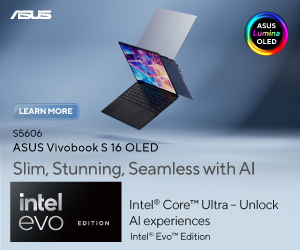
TUF Gaming Z790-Pro WIFI Review: Mainstream gamer’s choice
After taking a look at the basic Prime H610M-E D4-CSM motherboard, it’s time to cleanse our palates with a more exciting model. The TUF Gaming Z790-Pro WIFI is among the highest-end Z790 motherboards that ASUS offers, and perhaps the best for mainstream users.
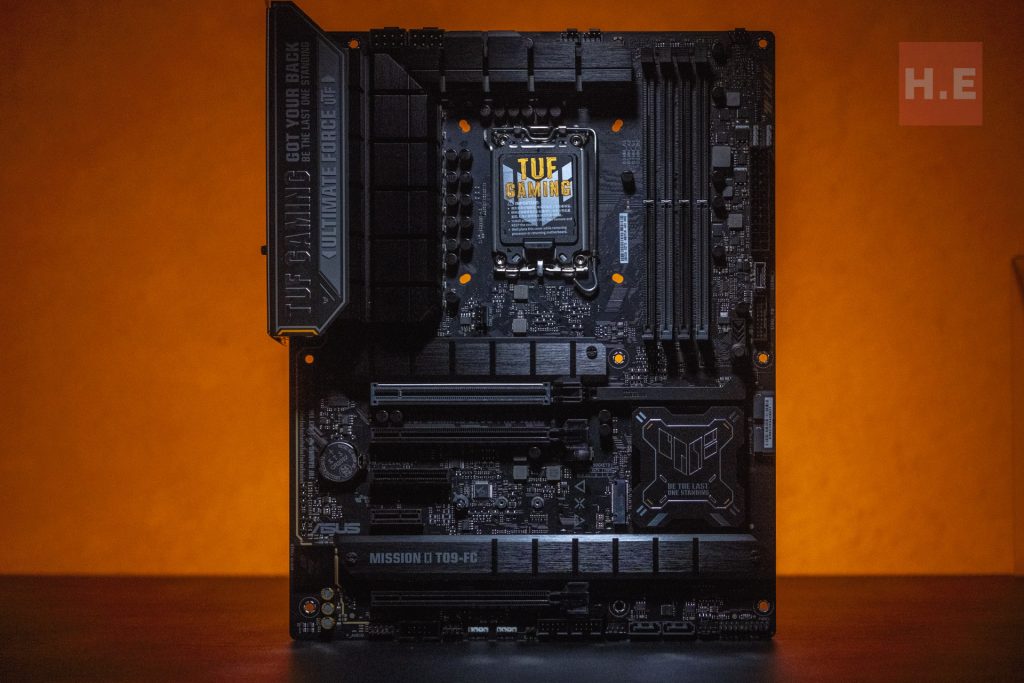
Before we begin, let’s talk about the TUF series. ASUS has three main series for gamers: starting with the PRIME series, the basic motherboards aim to provide stable performance. At the other end of the spectrum, the ROG series is built for the enthusiast community, who want the best hardware and the ability to overclock their components. Finally, in the middle sits the TUF series, offering powerful performance with some enthusiast-level features available.
With that in mind, in this overview, we will be checking out not only the component aspects of the TUF Gaming Z790-Pro WIFI, its overclocking potential, and a simple comparison to its closest model, the TUF Gaming Z790-Plus WIFI.
ASUS TUF Gaming Z790-Pro WIFI CPU + Chipset:

As the name suggests, the TUF Gaming Z790-Pro WIFI sports the powerful Z790 chipset. This chipset supports the best features Intel can offer, such as 16 lane PCIe 5.0, high memory sleep, 3 USB 3.2 Gen 2×2 ports, common Thunderbolt 4 support, and a better VRM.
VRM:
This is a mighty VRM setup, with 16+1+1 phase configuration: 16 power phases with 60A DrMOS MOSFETs, and two additional phases for GT power and auxiliary power (one phase for each).

With this much power delivery, users can equip the board with the most demanding Core i9 without needing to worry about strain on the VRM. The abundance of power also gives the board room for overclocking, allowing users to push the CPU.
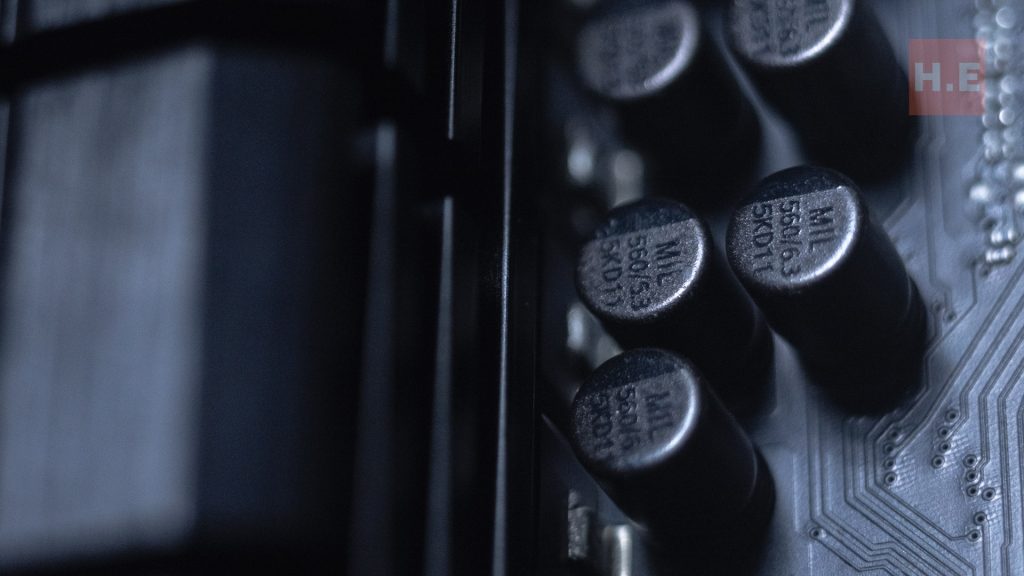
The board uses “TUF” chokes and capacitors to provide better stability, better temperature tolerance, and a longer lifespan. While there are no benchmarks to verify this, it’s reassuring that the chokes look very similar to those used on ROG boards.
RAM:
With such power available, it’s no surprise that the board supports a maximum of 192GB of DDR5 RAM at speeds exceeding 7800+. The four-slot, dual-channel RAM slots can accommodate the highest capacity of DDR5 RAM, which is 48GB per slot.
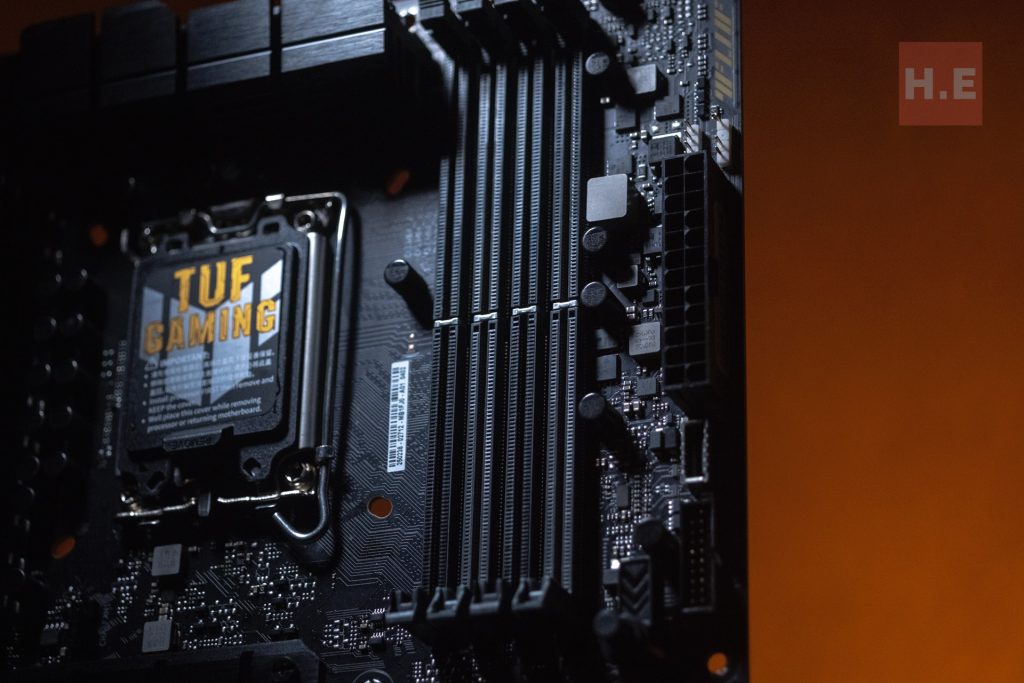
ASUS also includes AEMP II with this board, which is its own set of memory kit profiles optimized for speeds. These profiles not only allow access to RAM kits with PMIC-restricted to be faster, but they also even allow mixed brands and dies to perform together.
Expansion:
- 1 x PCIe 5.0 x16 slot
- 1 x PCIe 3.0 x16 slot (max @x1)
- 1 x PCIe 4.0 x4 slot
- 1 x PCIe 3.0 x1 slot
- 1 x PCIe 4.0 x16 slot (max @x4
The board features a single PCIe 5.0 x16 slot accompanied by several other PCIe slots. What troubles me is that the second slot, which is slow, is accommodated by a full x16 slot, while the third slot is a x4 slot. If the slots were swapped, users would be able to fit three GPUs into the board with little obstruction.

Yes, I understand that SLI, NVLink, and Crossfire are no longer common practices, but multi-GPU setups still have a place in other applications. I would love to use multiple GPUs in a production environment or an AI-intensive workstation.
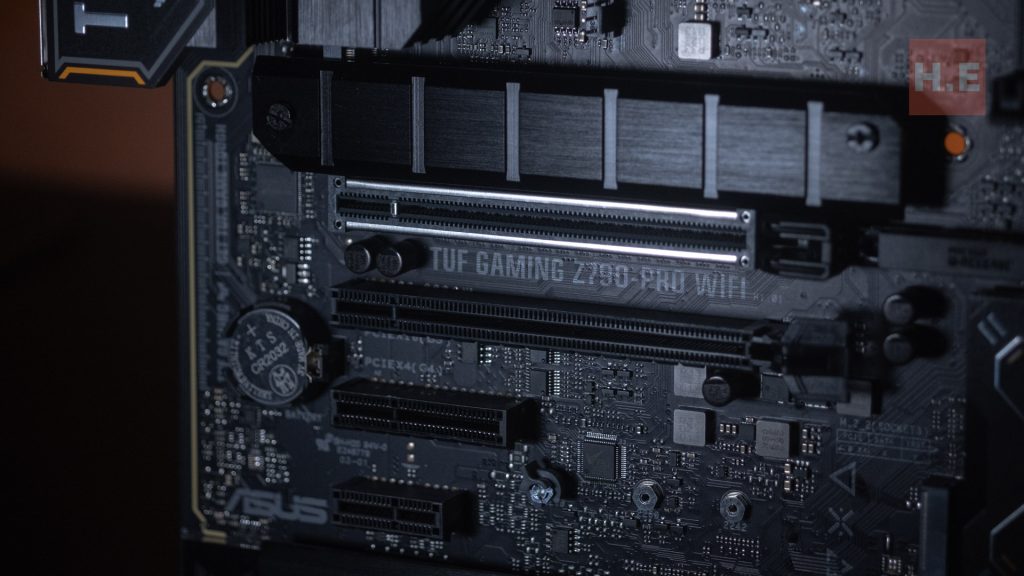
Another point to consider is the use of a PCIe 5.0 lane for the GPU. Yes, I know it’s the future standard, but as of now, no GPUs on the market are capable of fully utilizing a PCIe 5.0 lane. The lane would be best reserved for storage use, which already has actual products on the market.
Storage:
- 4 x M.2 Slots
- 1 x M.2 2280 PCIe4.0 x4
- 2 x M.2 22110 PCIe4.0 x4
- 4 x SATA 6Gb/s ports
- 1 x M.2 2280 PCIe 4.0 x4 & SATA Mode

With a total of four M.2 PCIe 4.0 slots, there’s no telling how much storage a user can squeeze into the board. However, as an extension of the earlier PCIe 5.0 shortcoming, ASUS has failed to provide any PCIe 5.0 NVMe slots. This will impact future upgrades as users would be stuck using PCIe 4.0 NVMe drives with no upgrade path to PCIe 5.0.
Cooling:
- 1 x L Shape heatsink
- 2 x M.2 Heatsink (Covering 3 M.2 Slots)
- 1 x Chipset heatsink
- 1 x 4-pin CPU/ CPU OPT Fan Headers Fan header
- 1 x AIO Pump Header
- 4 x 4-pin Chassis Fan headers
The TUF Gaming Z790-Pro WIFI has a comprehensive cooling solution. ASUS has addressed cooling for the VRM, casing, storage, and AIO.

With two large VRM cooler blocks, it would be sufficient to keep VRM temperatures in check. Moreover, ASUS has made layered cutouts with the heat sink, increasing the surface area for cooling. For a final enhancement, ASUS has elevated the heat sink height and extended the fin area for maximum cooling.

For NVMe cooling, ASUS included two M.2 heatsinks that would cool down three out of the four drives. While the middle drive will be at the mercy of heat, we are not too worried since all these drives are PCIe 4.0 drives, which generate less heat compared to previous generation.
Networking:
- 1 x Intel 2.5 Gb Ethernet port
- 1 x WiFi 6E

The TUF Gaming Z790-Pro WIFI features one Intel 2.5 Gb Ethernet port. This is enough to get the job done, and since this isn’t a productivity-focused board, a secondary port isn’t necessary. Yes, 2.5 Gb ethernet isn’t the fastest option available, but it won’t cause any issues if gaming is your primary focus.
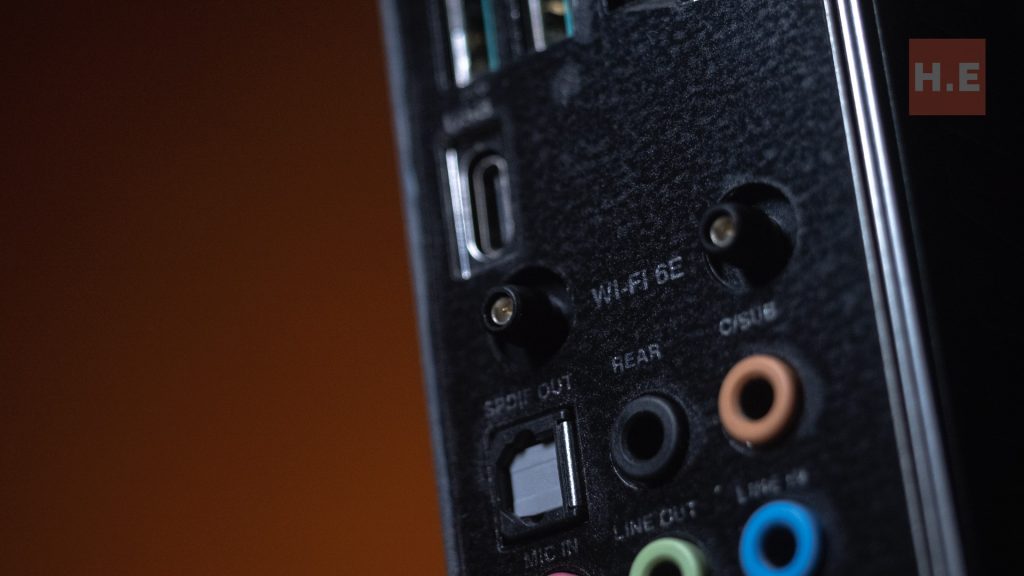
As an alternative, ASUS included a WiFi 6E module on the board. This is done with an Intel xxx card, which features [mention features, e.g., wider channels, faster speeds]. I would argue that with a board at this price range, it wouldn’t hurt to include a WiFi 7 module right? Just for the sake of future-proofing the board.
TUF Gaming Z790-Pro WIFI Audio solution:
- Realtek S1220A 7.1 Surround Sound High-Definition Audio CODEC
- Supports up to 32-Bit/192 kHz playback
- Premium audio capacitors
- Dedicated audio PCB layers
- Audio Shielding
- Audio Cover
- Unique de-pop circuit
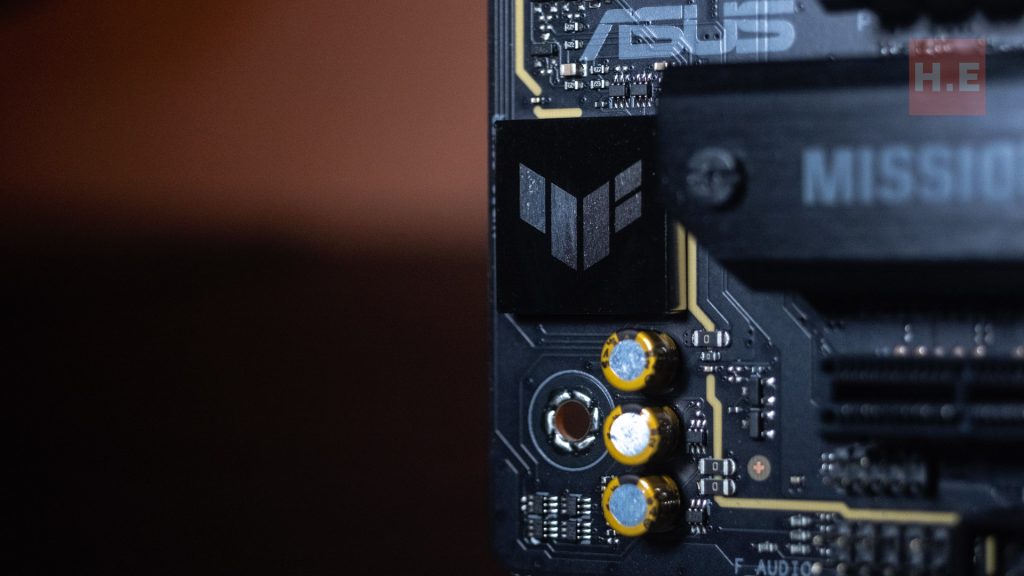
The board features a Realtek S1220A sound chip, which is one of the more advanced audio solutions on the market. It features 32-Bit/192 kHz playback, which is among the best that Realtek can offer currently.
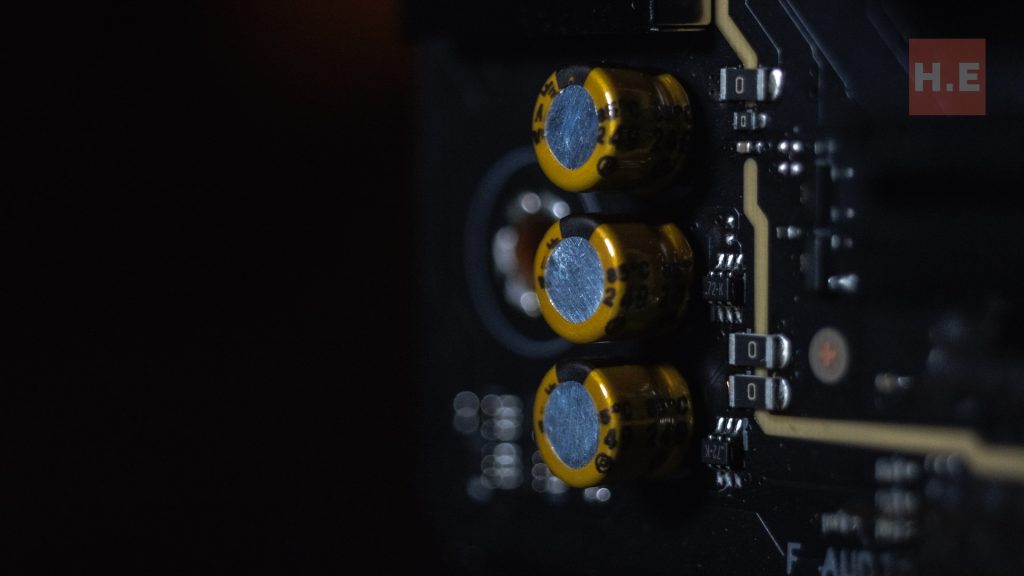
It also features other features like dedicated audio PCB layers, shielding, and cover. This is a standard audio solution with pretty standard features. It’s hardly the best audio codec out there, but it is sufficient for common media consumption content.
TUF Gaming Z790-Pro WIFI I/O:
Back panel
- USB
- 1 x USB 20Gbps port (1 x USB Type-C®)
- 3 x USB 10Gbps ports (2 x Type-A + 1 x USB Type-C®)
- 4 x USB 5Gbps ports (4 x Type-A)
- Display
- 1 x DisplayPort
- 1 x HDMI™ port
- Network
- 1 x Wi-Fi module
- 1 x Intel® 2.5Gb Ethernet port
- Audio
- 5 x Audio jacks
- 1 x Optical S/PDIF out port
Internal
- USB
- 1 x USB 3.2 Gen 1 header supports additional 2 USB 3.2 Gen 1 ports
- 2 x USB 2.0 headers support additional 4 USB 2.0 ports
- Miscellaneous
- 1 x RGB header
- 1 x Clear CMOS header
- 1 x Front Panel Audio header (AAFP)
- 1 x COM Port header
- 1 x S/PDIF Out header
- 1 x Speaker header
- 1 x SPI TPM header (14-1pin)
- 1 x 10-1 pin System Panel header
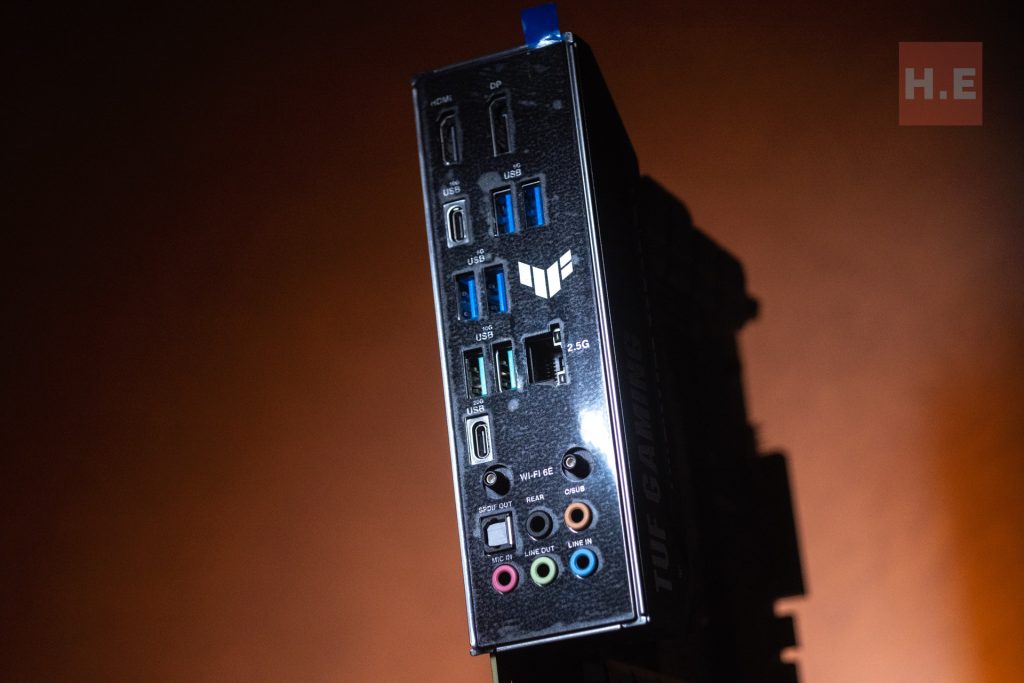
The first thing we notice is the lack of USB ports at the back of the motherboard. With only six USB Type-A ports and two Type-C ports, these would only fulfill the most basic needs for common users. Yes, they are all USB 3 at least, but what good does it do when there aren’t enough ports to plug everything in?

Users can still utilize the internal headers to get six more ports out, but that would require a case that supports them. One thing to note is the USB 3.2 Gen 2×2 header here support 30W PD Fast-charge, which is welcome feature for all user.
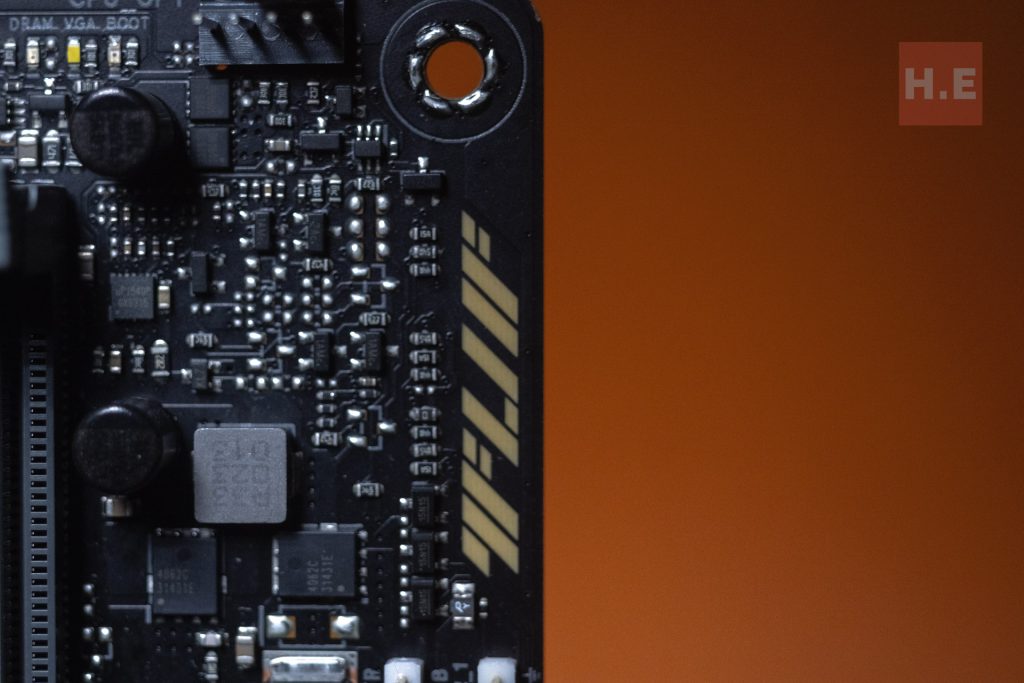
Touching a bit on the lighting side of things, the board itself comes with an onboard RGB logo, which lights up with Aura Sync. I love the fact that RGB is kept to a minimum, but if that’s your cup of tea, you might want to use the two ARGB headers to get more blink on the board.
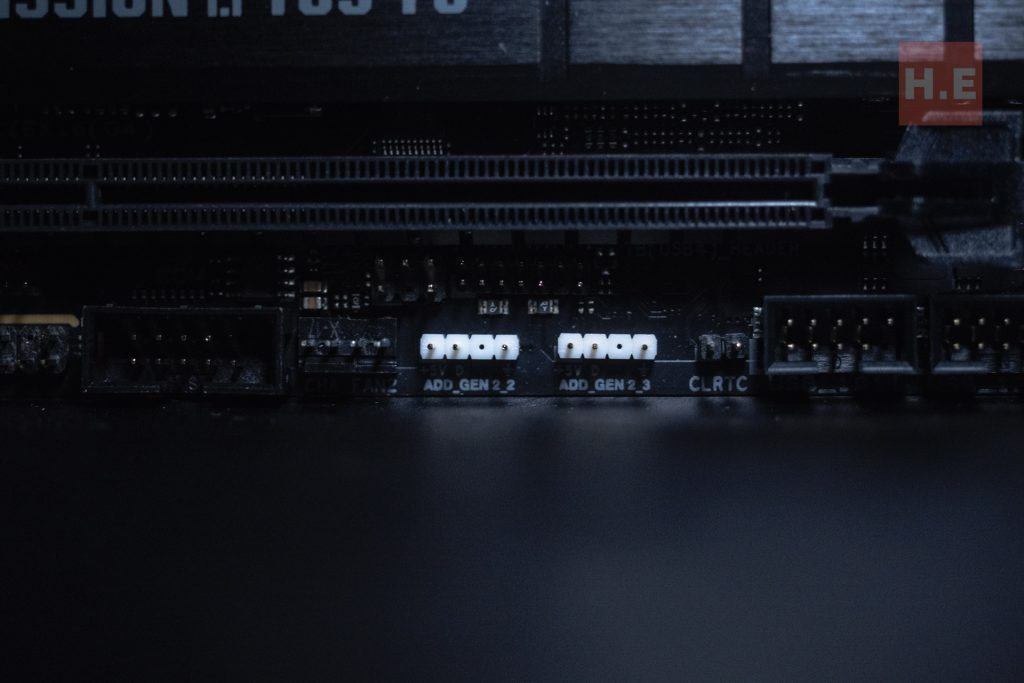
TUF Gaming Z790-Pro WIFI Conclusion
The ASUS TUF Gaming Z790-Pro WIFI is a powerful and feature-rich motherboard that caters to mainstream users who want a board with strong overclocking potential and room for future upgrades. The 16+1+1 phase VRM, support for the latest DDR5 memory, and plentiful storage options with four M.2 slots make it a compelling choice for gamers and content creators alike.
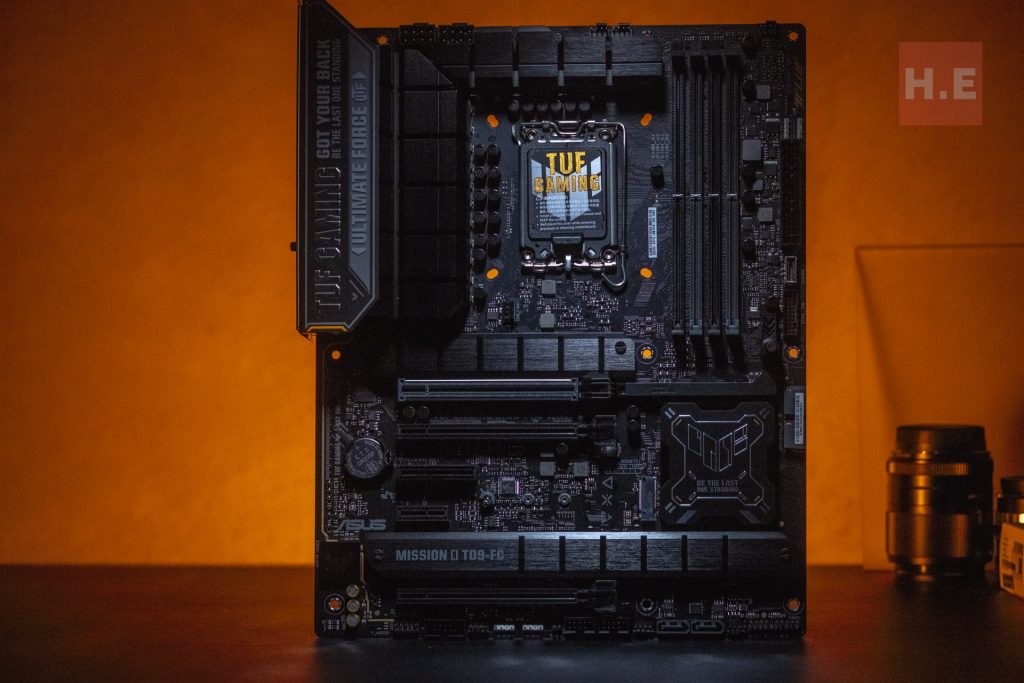
However, there are some drawbacks to consider. The lack of a PCIe 5.0 NVMe slot means you won’t be able to take full advantage of the latest storage technology, and the back panel’s USB connectivity options might feel limited for some users. Additionally, while WiFi 6E is included, WiFi 7 would have been a future-proof option at this price point.
Compare to TUF Gaming Z790-Plus WiFi
The TUG Gaming Z790-Pro WiFi is almost similar to the Plus variant, the only few key differences being:
- Some aesthetic redesign
- Minor differences in PCB layout (No obvious advantage)
- Plus variant have 2 RGB lighting spot on PCB
- Interior USB 3.2 is Gen 2×2 with 20Gbps, plus it supports 30W PD Fast-charge
- Now with de-pop circuit for audio solution
Genuinely there’s not much difference between the 2 boards, but I do like the front panel 30W PD fast-charge ability.
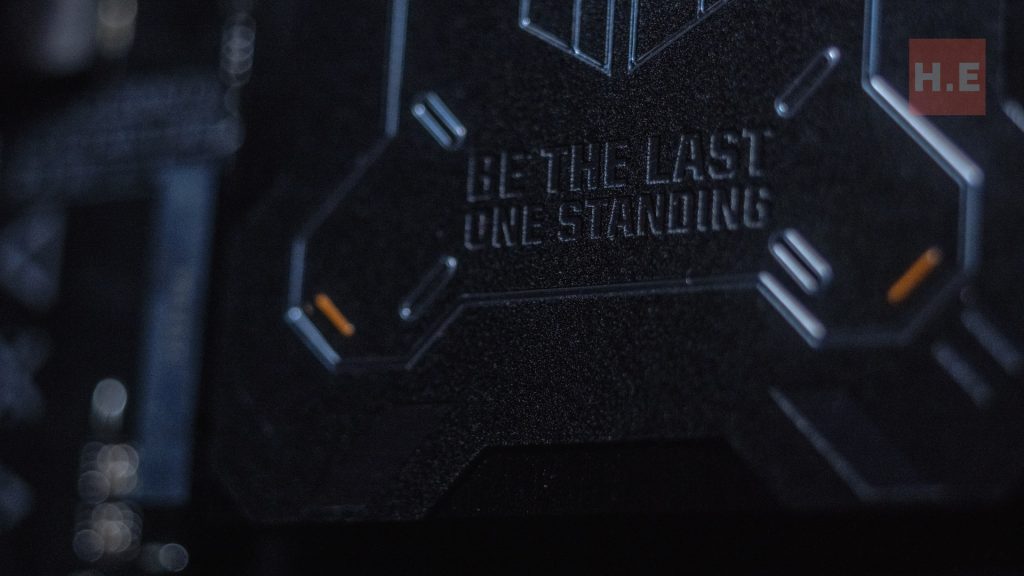
Overall, the ASUS TUF Gaming Z790-Pro WIFI is a solid motherboard with a good balance of performance, features, and price. If you’re looking for a powerful and reliable Z790 board for overclocking and futureproofing (except for storage), the TUF Gaming Z790-Pro WIFI is a strong contender, but keep those minor drawbacks in mind when making your decision.
ASUS TUF Gaming Z790-Pro WIFI Motherboard
The ASUS TUF Gaming Z790-Pro WIFI offers strong performance, overclocking potential, and futureproofing (except storage). However, consider the limited USB ports and lack of a PCIe 5.0 NVMe slot before deciding.
Positives
- Powerful VRMs
- Comprehensive DDR5 support
- More then enough M.2 slots
- 30W PD Quick-charge front port
Negatives
- No PCIe 5.0 NVMe slot
- Limited USB ports on back panel







